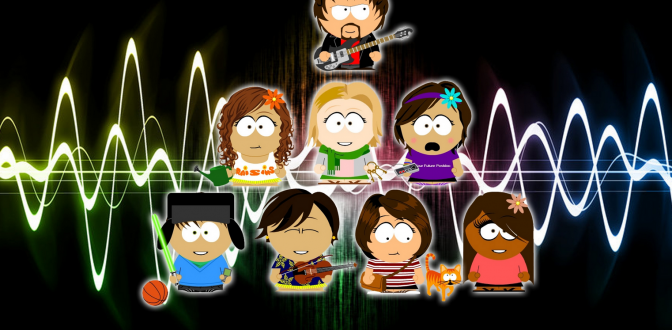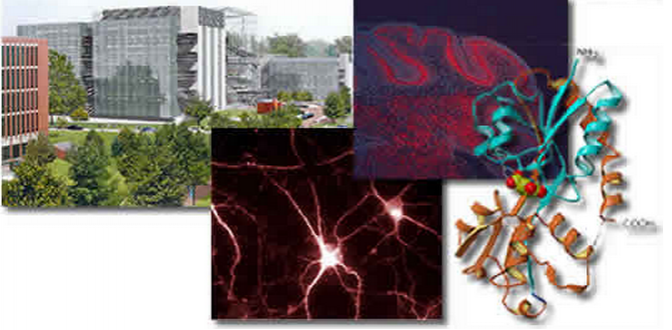website NIF (neuroscience information network
The NIH is home to one of the largest neuroscience research centers in the world. Over 150 laboratories, originating from eleven different Institutes, conduct research in the basic, translational, and clinical neurosciences. Through scientific collaboration, Pre- and Postdoctoral Training Programs, jointly sponsored Seminar Series and Special Interest Groups, scientists at NIH contribute to a vital and growing neuroscience research community. This website represents an inter-institute effort to convey, on an NIH wide basis, the research being conducted in the neurosciences. The specific areas of neuroscience research represented within this site range over a broad spectrum within the biological sciences including biophysics, molecular and cellular neurobiology, synapses and circuits, neuronal development, integrative neuroscience, brain imaging and both neurological and psychiatric disorders.









 Additional questions and feedback on the Neuroscience Portal site can be addressed to:
Additional questions and feedback on the Neuroscience Portal site can be addressed to: